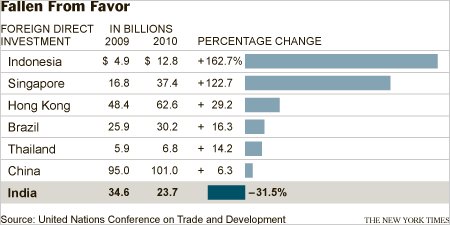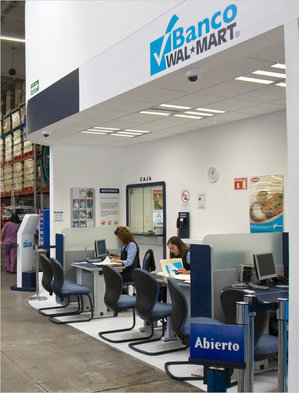(p. 1) Is the doctor in?
In this new medical age of urgent care centers and retail clinics, that’s not a simple question. Nor does it have a simple answer, as primary care doctors become increasingly scarce.
“You call the doctor’s office to book an appointment,” said Matt Feit, a 45-year-old screenwriter in Los Angeles who visited an urgent care center eight times last year. “They’re only open Monday through Friday from these hours to those hours, and, generally, they’re not the hours I’m free or I have to take time off from my job.
“I can go just about anytime to urgent care,” he continued, “and my co-pay is exactly the same as if I went to my primary doctor.”
That’s one reason big players like CVS Health, the drugstore chain, and most recently Walmart, the giant retailer, are eyeing deals with Aetna and Humana, respectively, to use their stores to deliver medical care.
People are flocking to retail clinics and urgent care centers in strip malls or shopping centers, where simple health needs can usually be tended to by health professionals like nurse practitioners or physician assistants much more cheaply than in a doctor’s office. Some 12,000 are already scattered across the country, according to Merchant Medicine, a consulting firm.
On the other side, office visits to primary care doctors declined 18 percent from 2012 to 2016, even as visits to specialists increased, insurance data analyzed by the Health Care Cost Institute shows.
For the full story, see:
REED ABELSON and JULIE CRESWELL. “Merger Medicine and the Disappearing Doctor.” The New York Times, SundayBusiness Section (Sunday, April 8, 2018): 1 & 7.
(Note: the online version of the story has the date APRIL 7, 2018, and has the title “The Disappearing Doctor: How Mega-Mergers Are Changing the Business of Medical Care.”)



